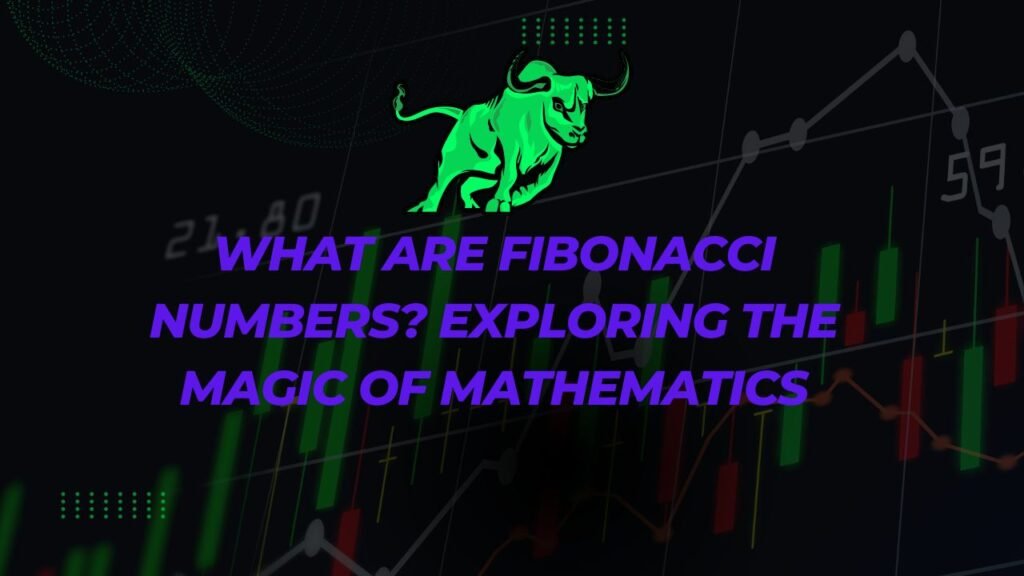
What are Fibonacci numbers? This intriguing question leads us into the world of an ancient sequence that has fascinated mathematicians, artists, and scientists alike for centuries. In this blog post, we will explore the captivating world of Fibonacci numbers and their unique properties.
The Fibonacci Sequence: A Mathematical Marvel
Origins of the Fibonacci Sequence
The Fibonacci sequence was introduced to the Western world by Leonardo of Pisa, known as Fibonacci, in his 1202 book “Liber Abaci.” However, its principles were known in India much earlier.
The Sequence Explained
In the Fibonacci sequence, each number is the sum of the two preceding ones, starting from 0 and 1. So, the sequence goes 0, 1, 1, 2, 3, 5, 8, 13, 21, and so forth.
Fibonacci Numbers in Nature and Art
The Golden Ratio and Fibonacci Numbers
The fascinating aspect of Fibonacci numbers is their close relationship with the Golden Ratio, a mathematical ratio found extensively in nature, art, and architecture.
Examples in Nature and Aesthetics
From the arrangement of leaves on a stem to the spirals of a shell, Fibonacci numbers appear in various natural patterns. Artists and architects have also used these principles in their work for centuries, seeking aesthetic perfection.
Practical Applications: Fibonacci Numbers in Modern Science and Finance
Fibonacci in Financial Markets
Traders and analysts use Fibonacci ratios to predict future movements of stocks and commodities, based on the idea that markets might follow natural patterns.
Scientific Research and Computations
Fibonacci numbers are also employed in computer algorithms and have applications in fields like biology, where they help model population growth and other phenomena.
FAQs: Your Questions About Fibonacci Numbers Answered
Q: Are Fibonacci numbers just theoretical, or do they have practical use?
A: While rooted in theory, Fibonacci numbers have multiple practical applications, especially in financial analysis, computer algorithms, and understanding natural phenomena.
Q: How do Fibonacci numbers relate to the Golden Ratio?
A: The ratio of consecutive Fibonacci numbers approximates the Golden Ratio, and this relationship is often used in artistic compositions and design.
Q: Can Fibonacci numbers predict stock market movements accurately?
A: While not foolproof, many traders use Fibonacci-based strategies as part of their technical analysis toolkit.
Conclusion: The Enduring Enigma of Fibonacci Numbers
What are Fibonacci numbers? They are more than just a sequence of digits; they represent a bridge between art, nature, and science, showcasing the inherent beauty and interconnectedness of the mathematical world.
Whether you are a math enthusiast, a financial analyst, or someone curious about the natural patterns around us, Fibonacci numbers offer a fascinating glimpse into the harmony of the universe. They remind us that mathematics is not just about numbers and equations, but a language that resonates with our everyday lives.